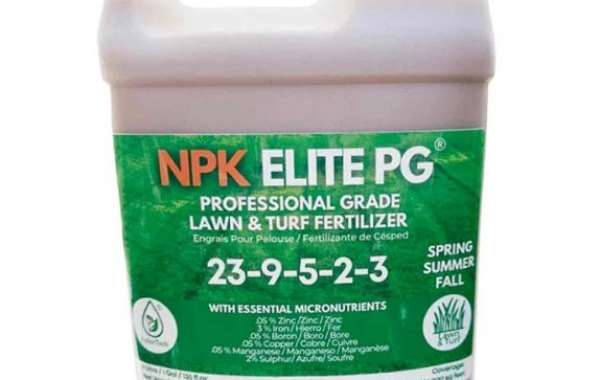A vibrant, healthy lawn is a source of pride for many homeowners. To achieve this, selecting the right lawn fertilizer is essential. With numerous options available, choosing the best grass fertilizer for your lawn can be overwhelming. This article will guide you through the factors to consider when selecting lawn fertilizer and how it can enhance your lawn’s health.
Understanding Different Types of Lawn Fertilizer
Lawn fertilizers come in various forms, including granular, liquid, and slow-release. Granular fertilizers are commonly used and provide a steady release of nutrients over time. They are ideal for long-term nourishment and can be applied with a spreader for even coverage.
Liquid fertilizers, on the other hand, offer quick nutrient absorption and are perfect for giving your lawn an immediate boost. They can be applied using a sprayer and are especially useful for addressing specific nutrient deficiencies.
Slow-release fertilizers gradually release nutrients into the soil, providing long-lasting benefits. They are often preferred for their convenience and effectiveness in maintaining a consistent nutrient supply.
Choosing the Right Grass Fertilizer
When selecting a grass fertilizer, consider the nutrient needs of your lawn. Different types of grass have varying requirements, so it’s important to choose a fertilizer that matches your grass type. For instance, cool-season grasses may benefit from fertilizers with higher nitrogen content, while warm-season grasses may require a more balanced formula.
Additionally, consider the soil conditions in your yard. Conducting a soil test can help determine any nutrient deficiencies and guide you in choosing a fertilizer that addresses these needs. A well-balanced lawn fertilizer with the right ratio of nitrogen, phosphorus, and potassium will support optimal growth and health.
Applying Lawn Fertilizer Effectively
Proper application of lawn fertilizer is crucial for achieving the best results. Follow the manufacturer’s instructions regarding application rates and timing. Over-fertilizing can lead to excessive growth and potential environmental issues, so it’s important to apply the recommended amount.
Fertilize your lawn during the growing season when the grass is actively growing. This ensures that the nutrients are effectively utilized and supports vigorous growth. Additionally, watering your lawn after fertilization helps the nutrients reach the roots and enhances their absorption.
Conclusion
Selecting the best lawn fertilizer is key to achieving a lush, healthy lawn. By understanding the different types of fertilizers available and choosing the one that meets your grass’s needs, you can enhance your lawn’s health and appearance. Invest in the right grass fertilizer to enjoy a vibrant, green lawn that adds beauty to your home.




